Nelson's Pediment, Old Royal Naval Palace in Greenwich
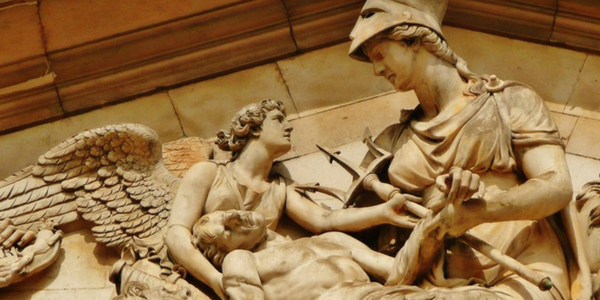
Modelled for the Coade manufactory by sculptor Charles Panzetta in 1813, the pediment in the King William Courtyard of the Old Royal Naval College was a public memorial to Admiral Lord Nelson, who died at the Battle of Trafalgar in 1805. The sculpture was based on a painting by Benjamin West and depicts the dead Nelson being offered to Britannia by a winged Victory. The stonework was cleaned by specialist conservators in 2016.
Schomberg House, 81-83 Pall Mall, London
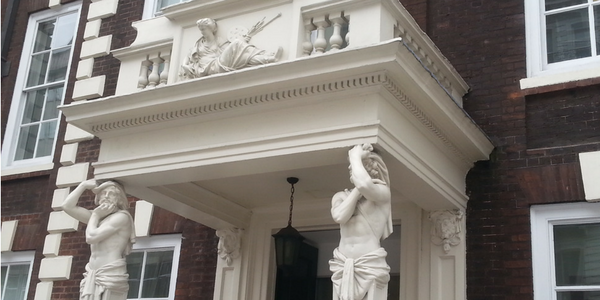
Schomberg House was built for the 3rd Duke of Schomberg in the late 17th-century. The porch was added in the late 18th century, and the two figures supporting the porch roof are especially fine examples of Coade stone. Figures from the same moulds were also chosen to frame the doorway of the Coade stone showrooms in Westminster Bridge Road (long since demolished).
Sir John Soane's Museum, Lincoln's Inn Fields, London
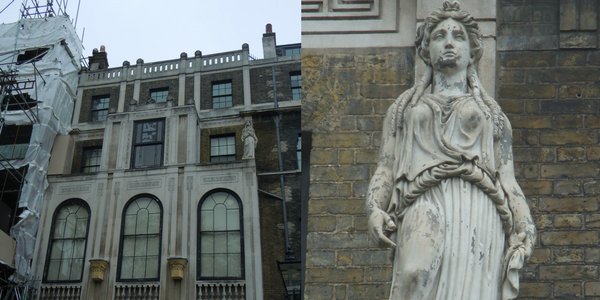
Caryatids, a supporting female figure, were favourite motifs of the great architect Sir John Soane, and he used such Coade stone examples to adorn many of his buildings, including his own home in Lincoln’s Inn Fields. Today it is a museum, housing antiques, furniture, sculptures and 30,000 architectural drawings.
Lord Hill's Column, Shrewsbury
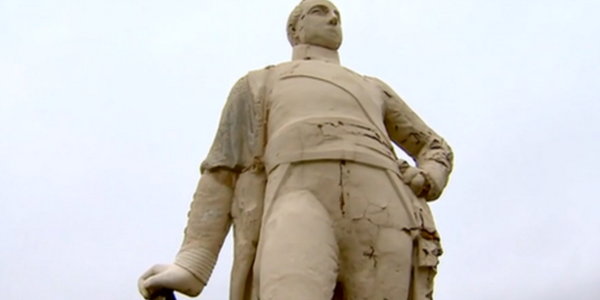
This statue commemorates Rowland Hill, 1st Viscount Hill. He was a British Army officer who served under the Duke of Wellington, and later became Commander-in-Chief of the British Army. At 17 feet high, it is one of the largest statues made by Eleanor Coade's factory in Lambeth.
Bedford Square, London
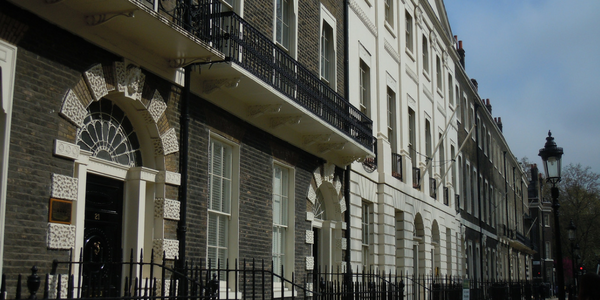
Bedford Square in Bloomsbury, London, is a perfect example of how 18th-century architects and developers used Coade stone decoration to adorn otherwise plain brick houses. The door dressings and keystone heads are of Coade stone; many different designs of keystones can be seen across London and elsewhere.
River God, Ham House, Surrey
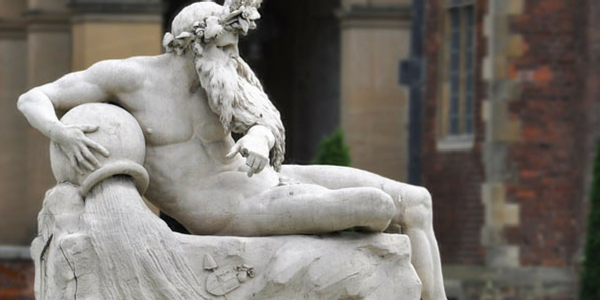
This statue of the river god was modelled by sculptor John Bacon, who played a key role in the early years of Eleanor Coade's artificial stone factory in Lambeth. The seven feet long, the figure is so large it had to be fired in several pieces, afterwards carefully joined with iron rods.
Croome Court, Worcestershire
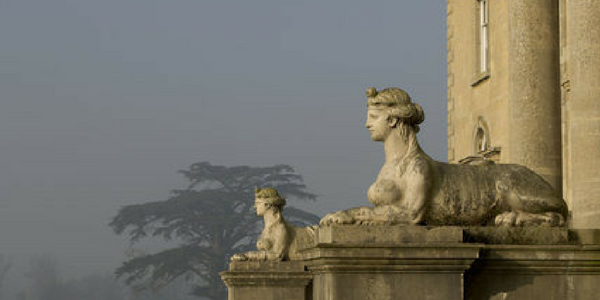
At Croome Court, near Pershore in Worcestershire, a pair of noble Coade sphinxes guard the southern portico.
Gosford House, East Lothian, Scotland
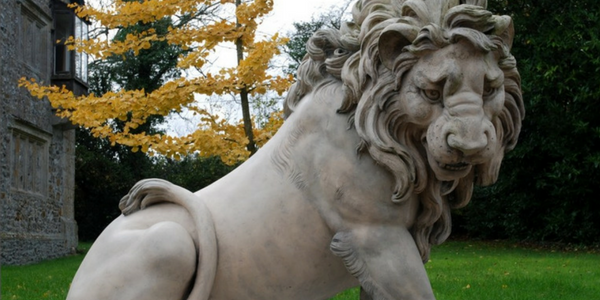
This Coade lion can be found at Gosford House, the family seat of the Charteris family in East Lothian. Coade stone was shipped from the Lambeth manufactory all over the world.
The South Bank Lion, Westminster Bridge, London
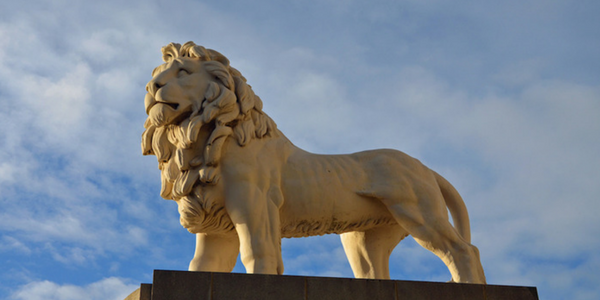
Perhaps the best known Coade piece is the South Bank Lion, which stands at the south end of Westminster Bridge. It was originally one of a pair placed on top of the Red Lion Brewery, a once-familiar London landmark that stood on the site of the Royal Festival Hall. When the brewery was demolished in 1949, King George VI instructed that the lion be saved as a symbol of Londoners’ courage during the Blitz. It was moved first to Waterloo station, and then in 1966 transferred to the south-eastern corner of Westminster Bridge in 1966. The crisp white appearance of this national symbol is testament to the durability of Coade stone.